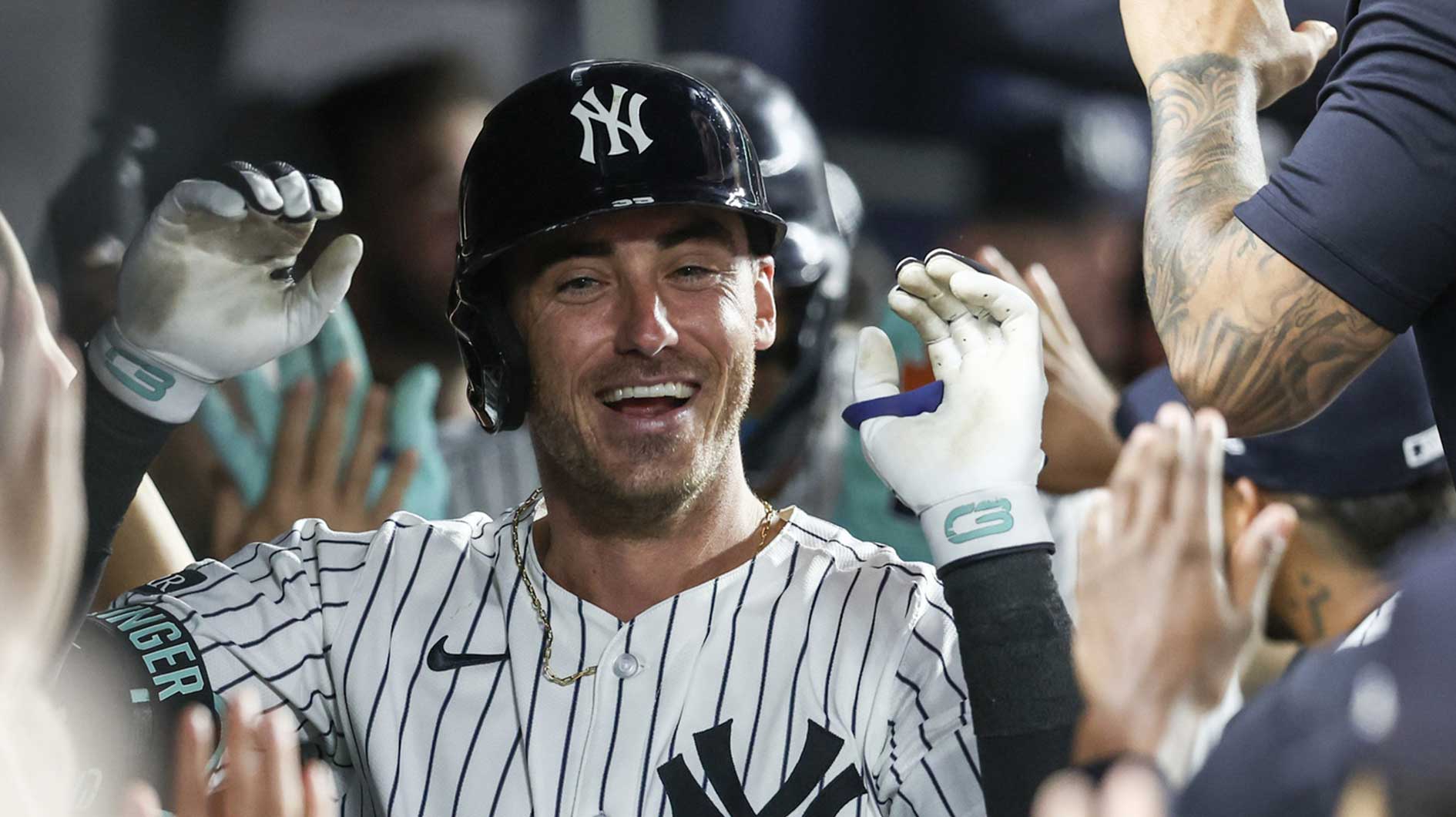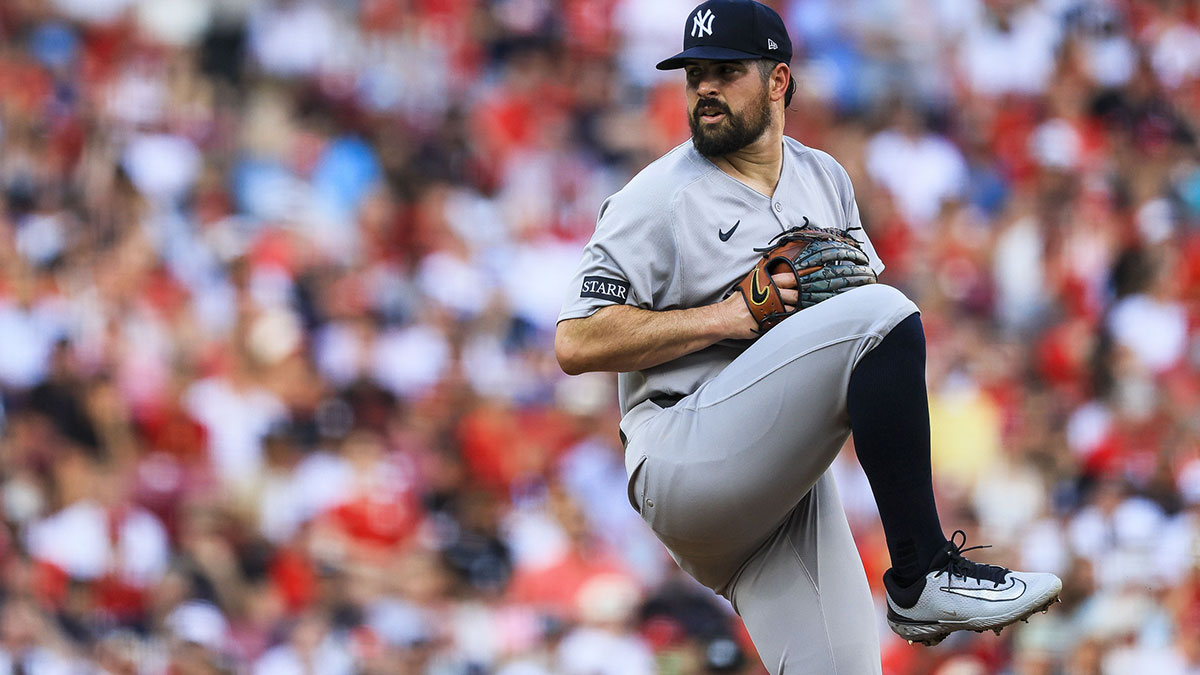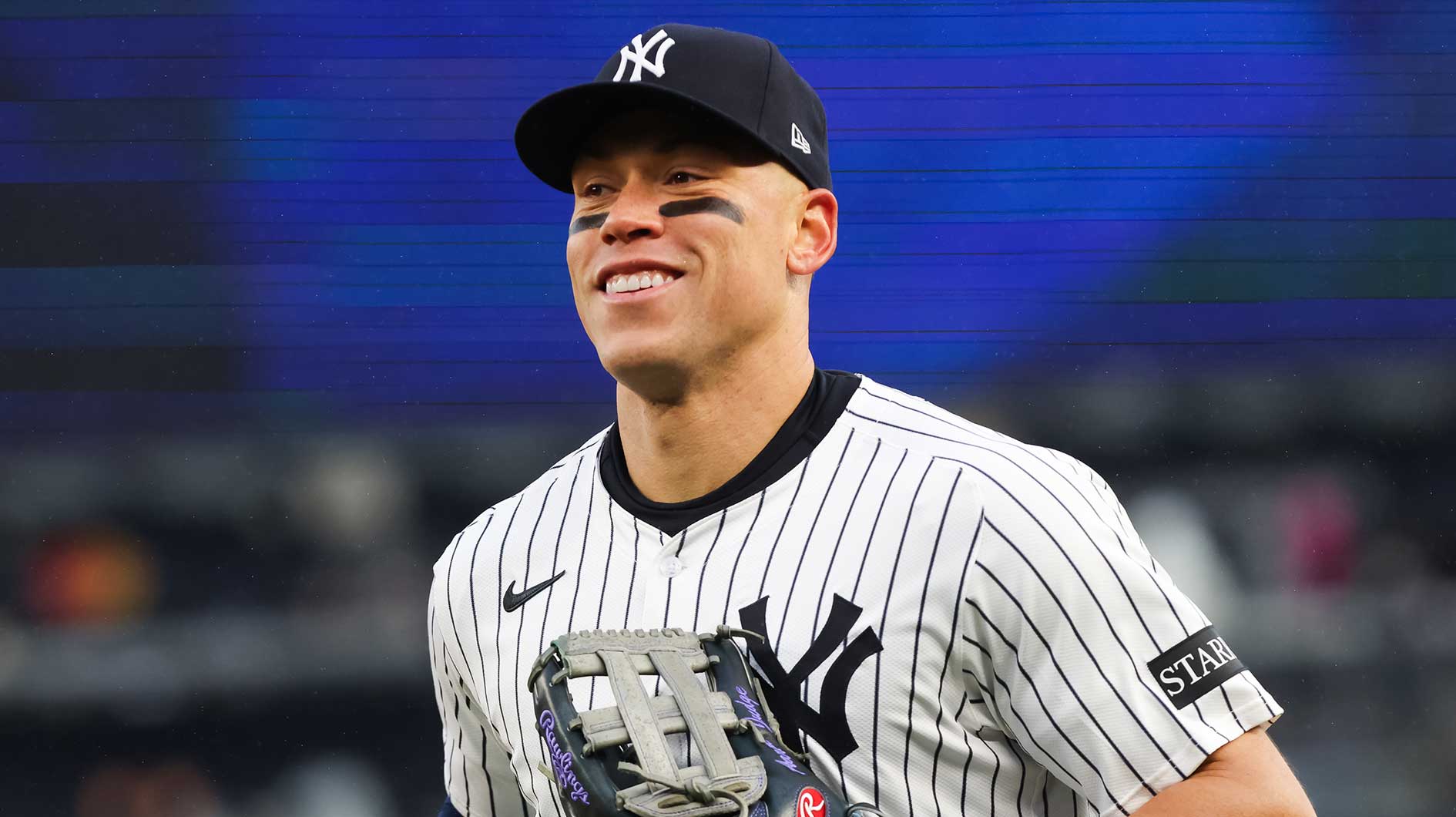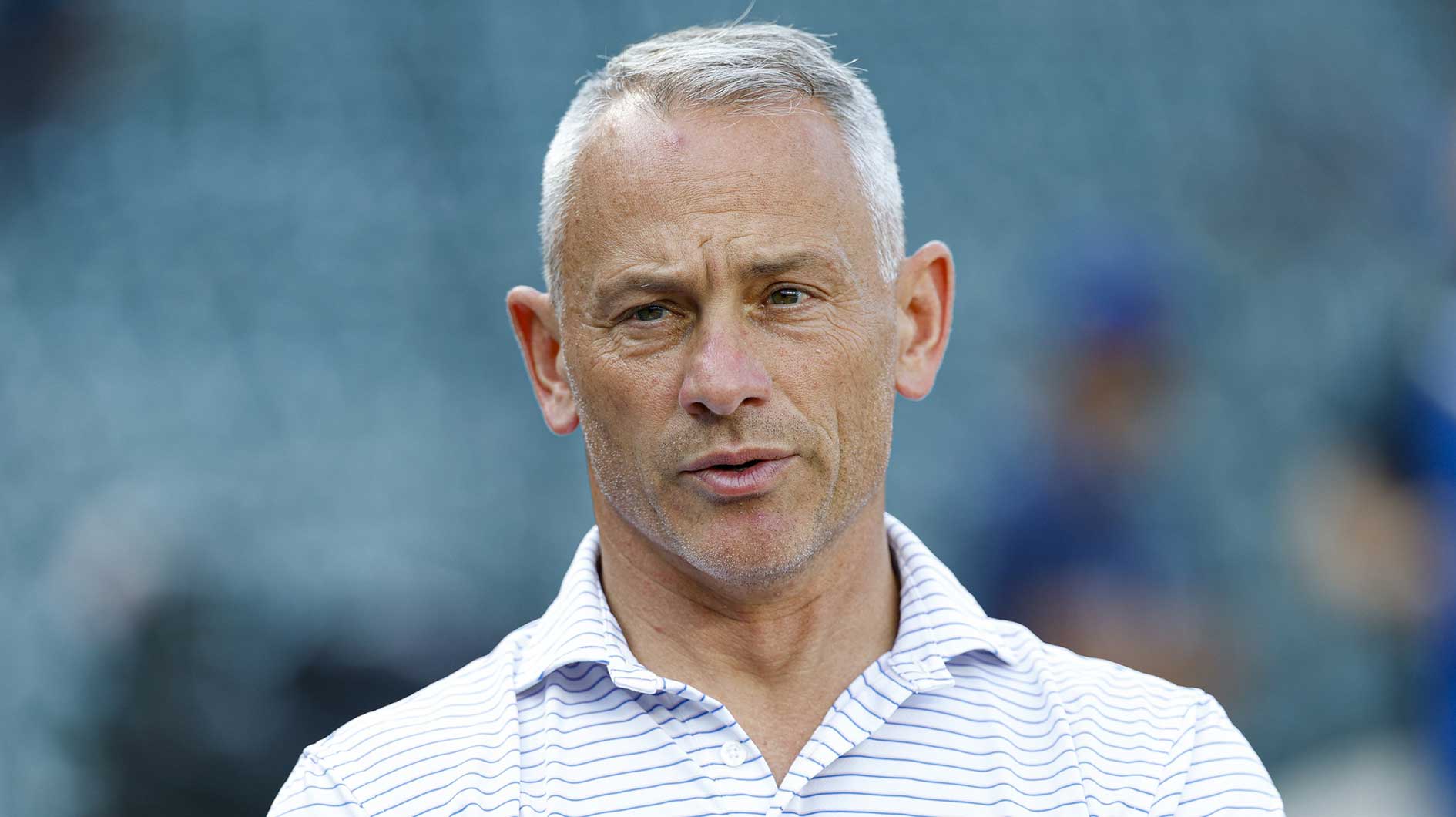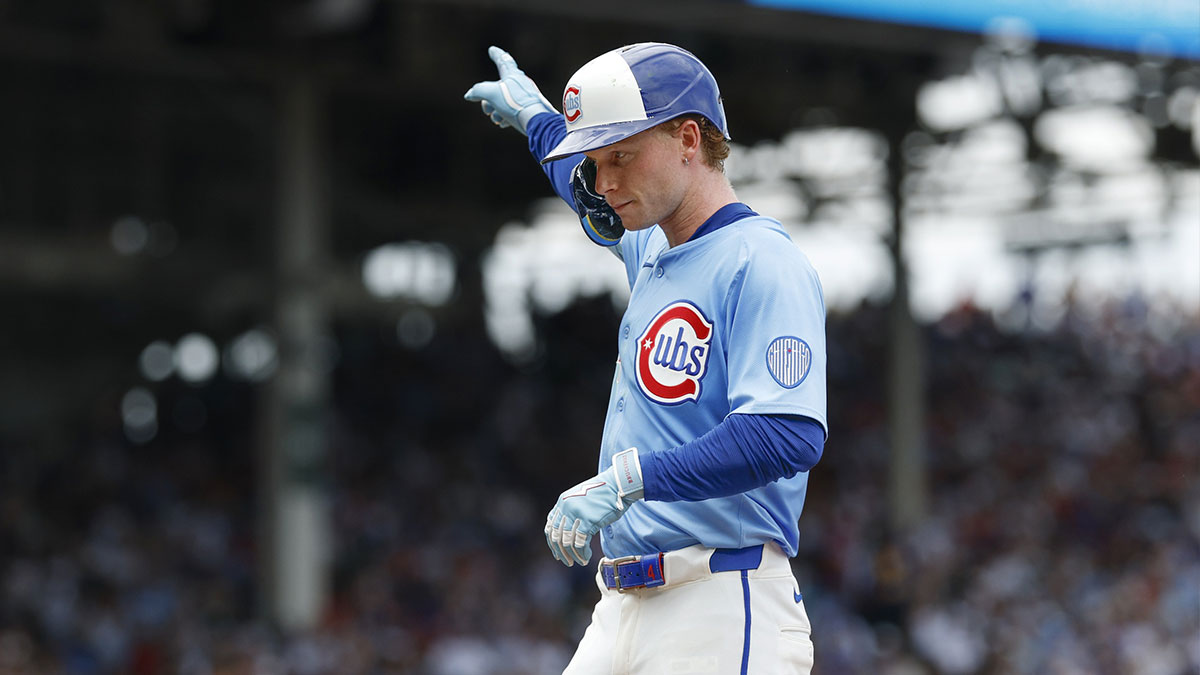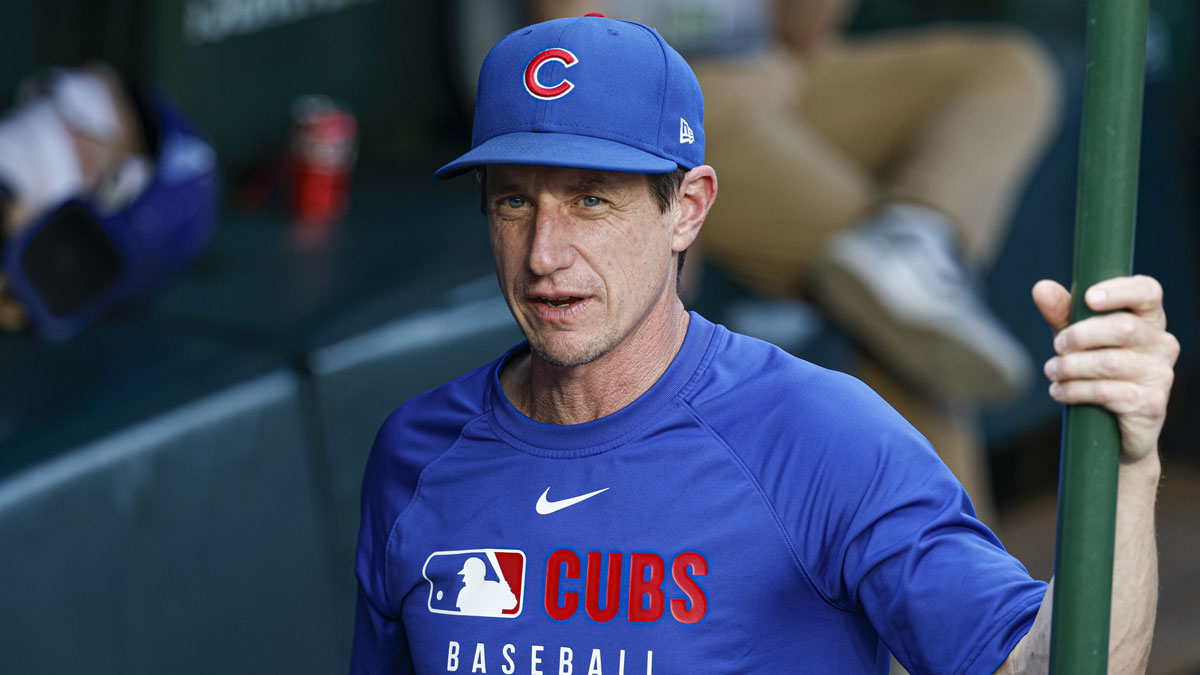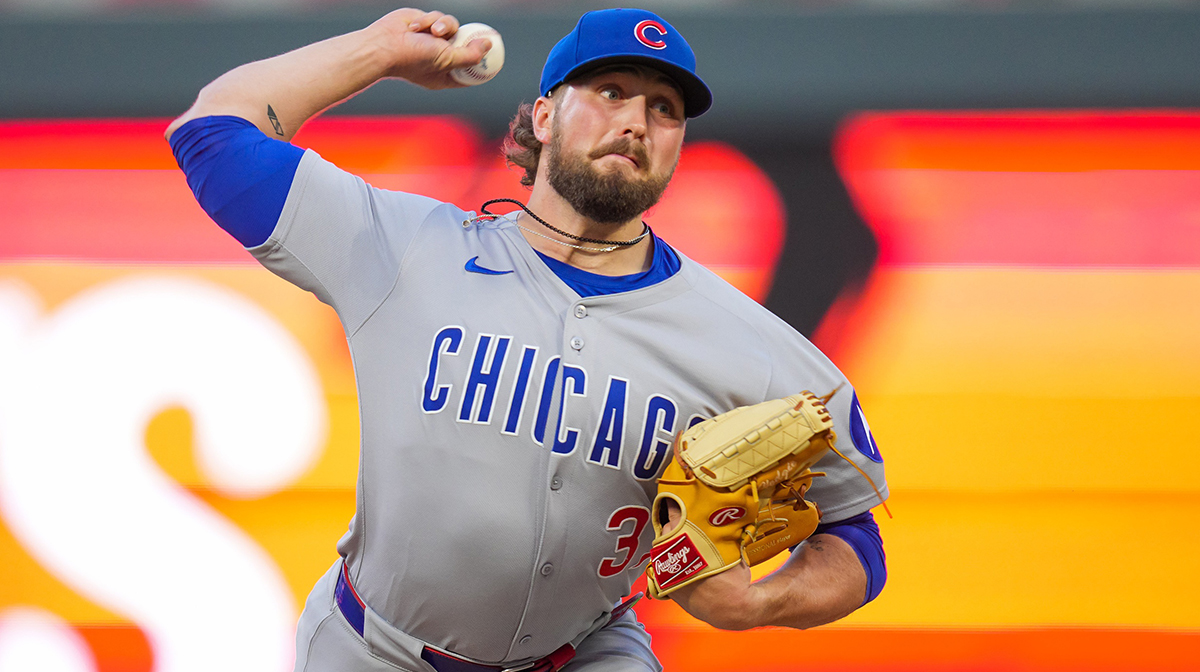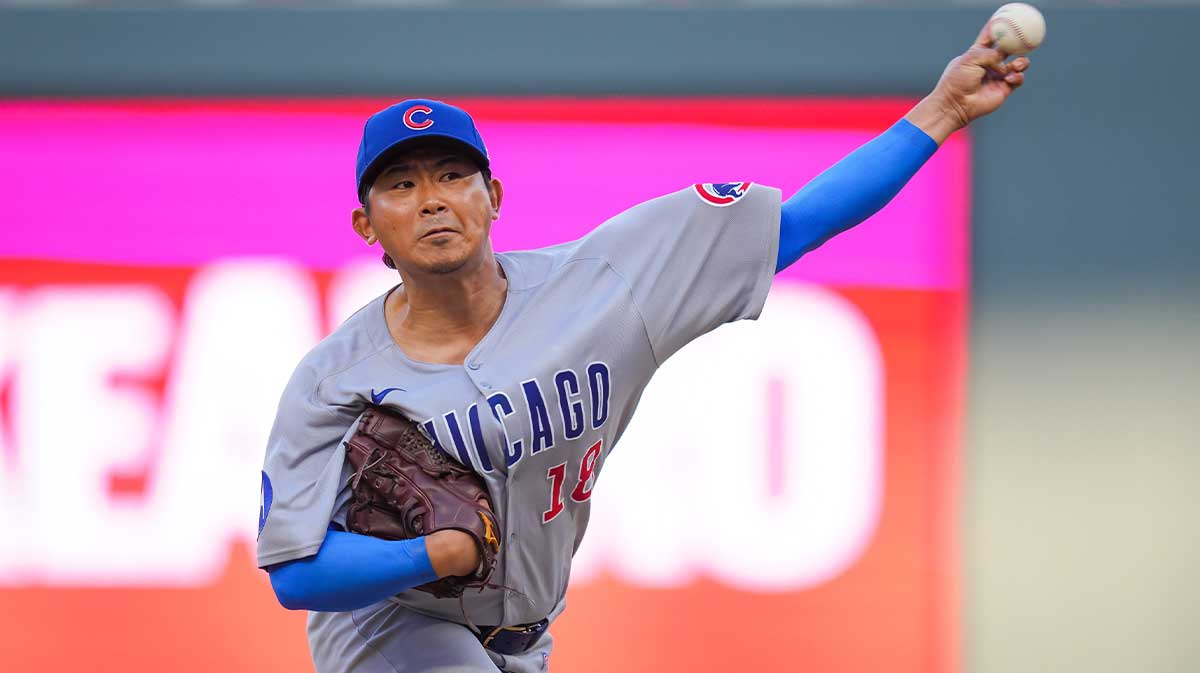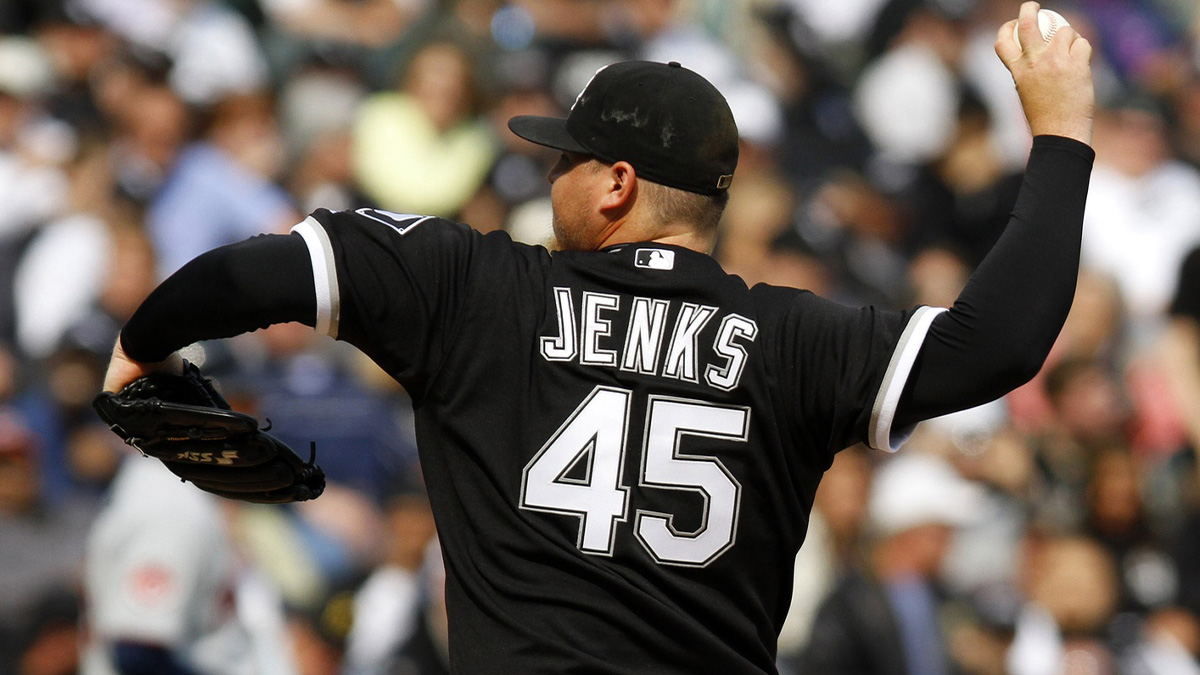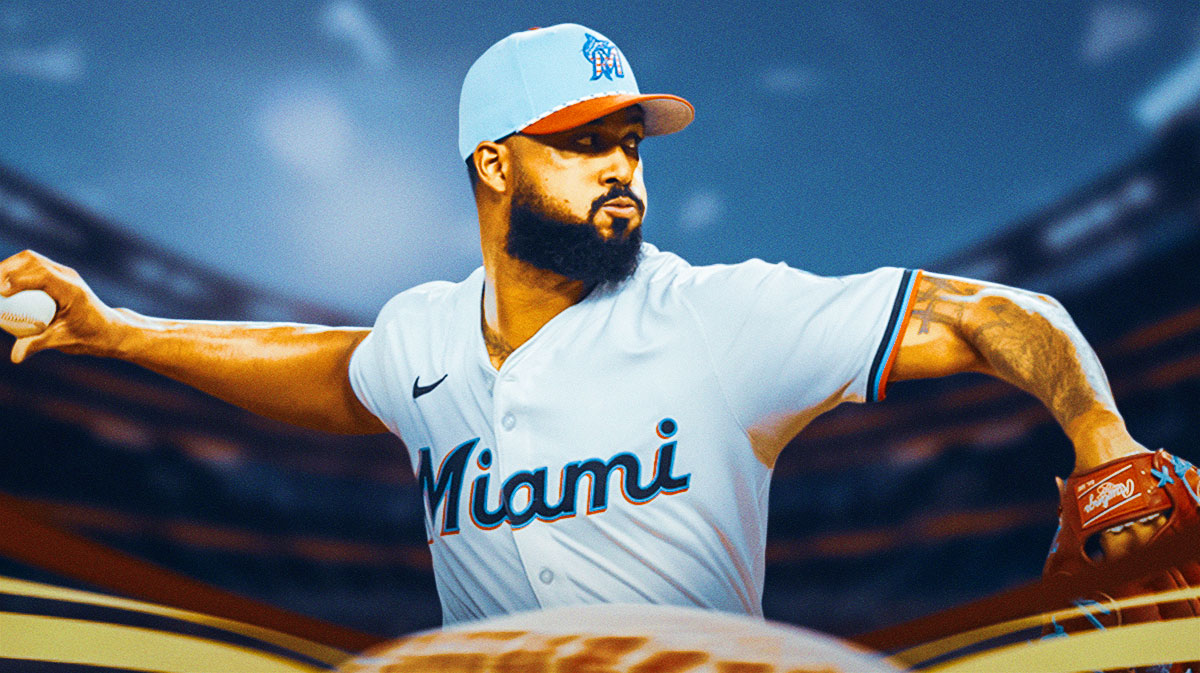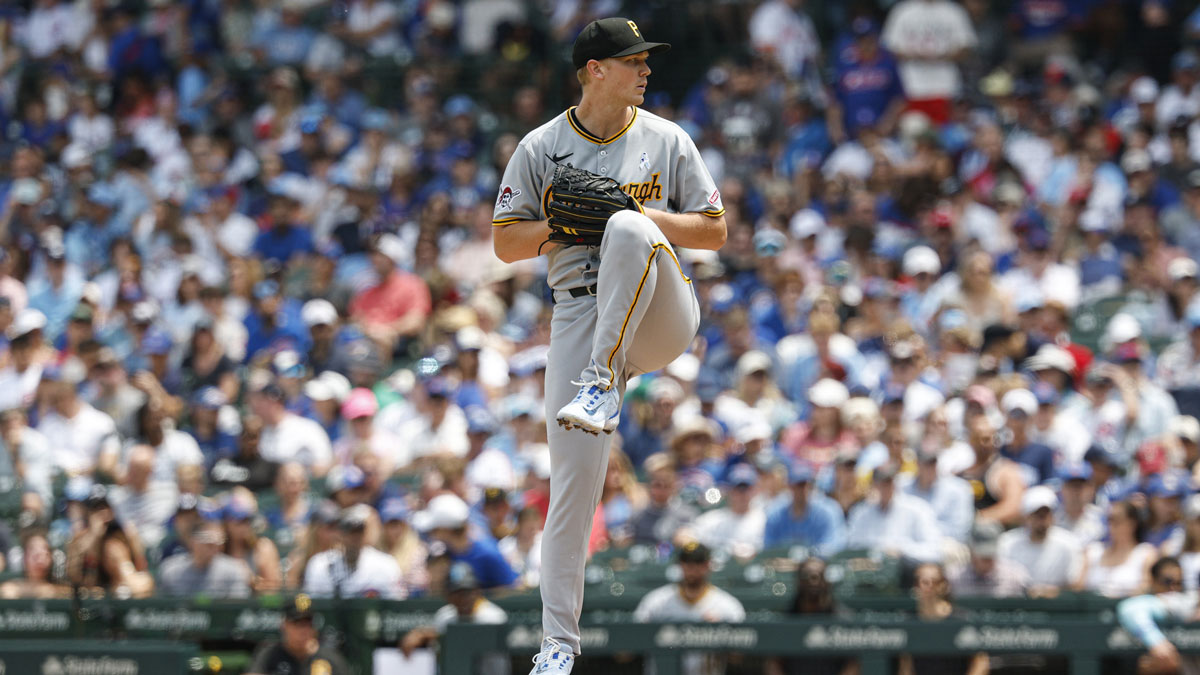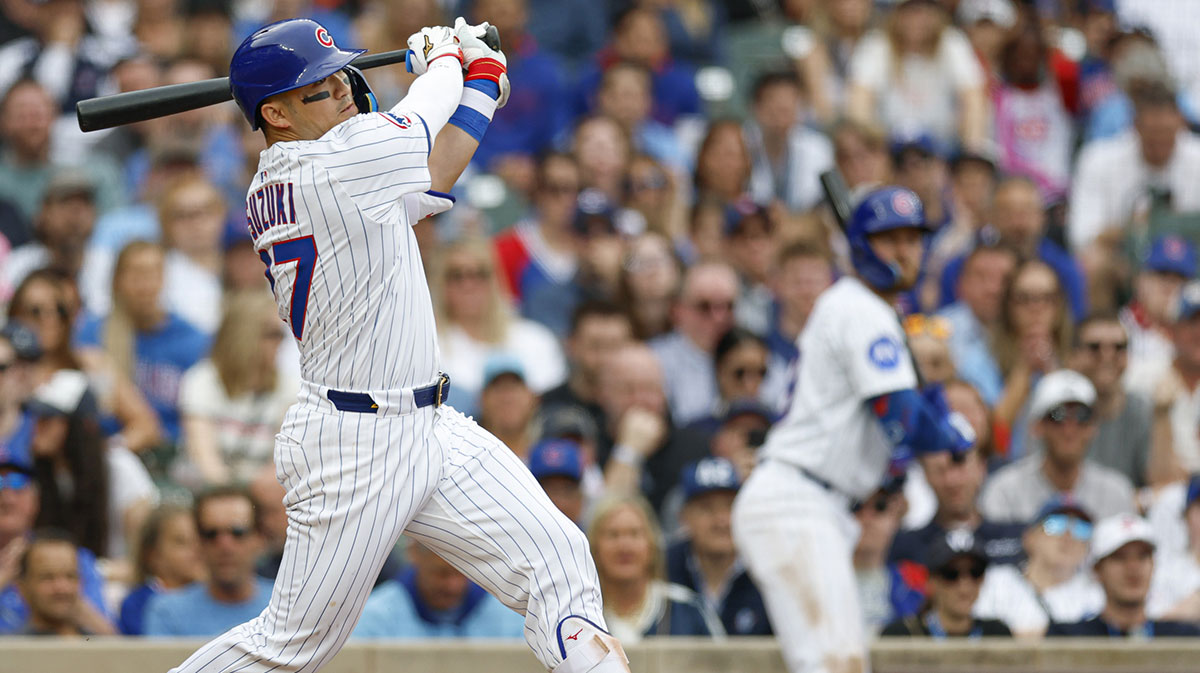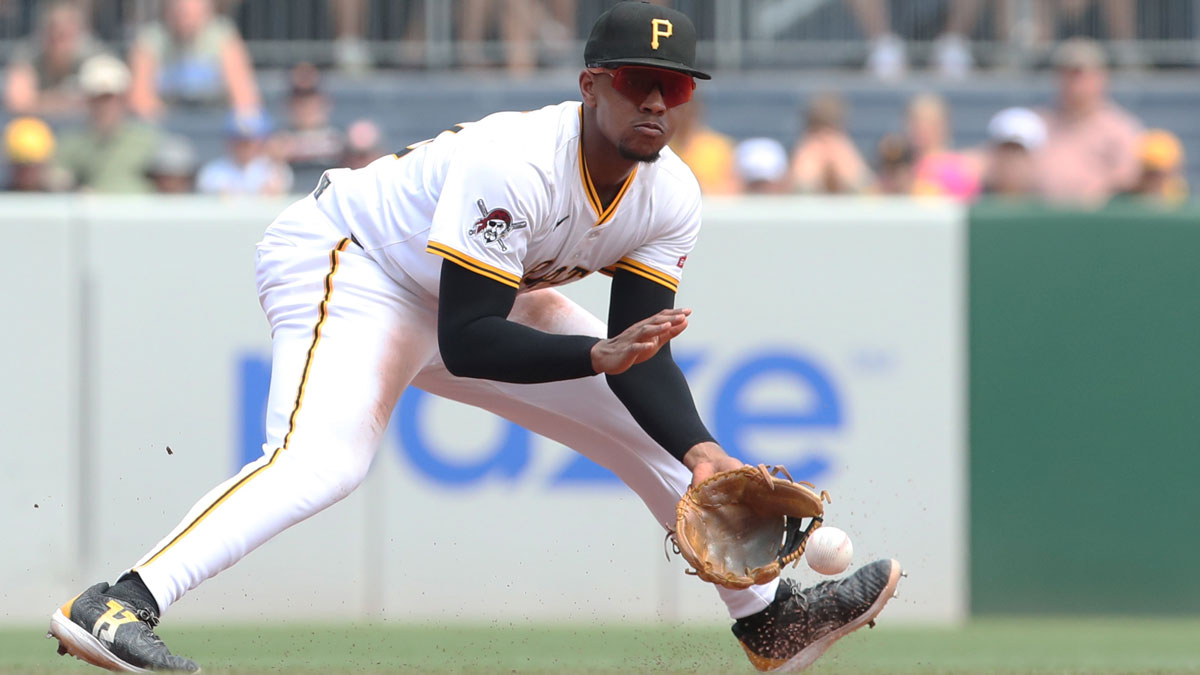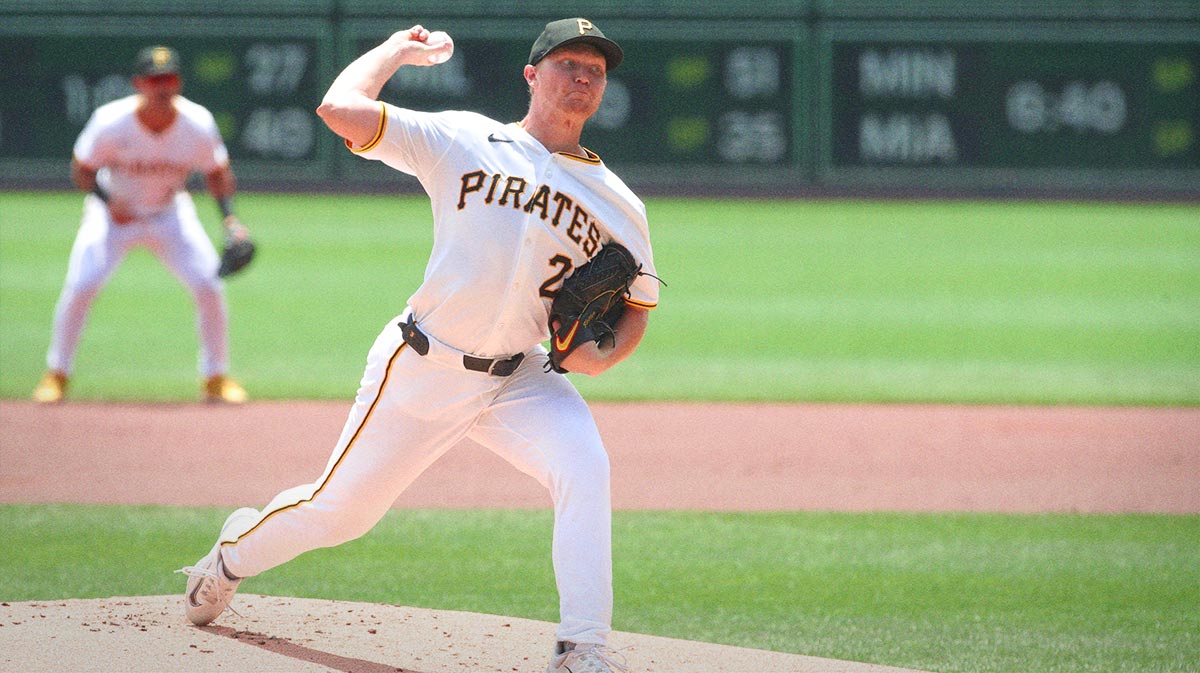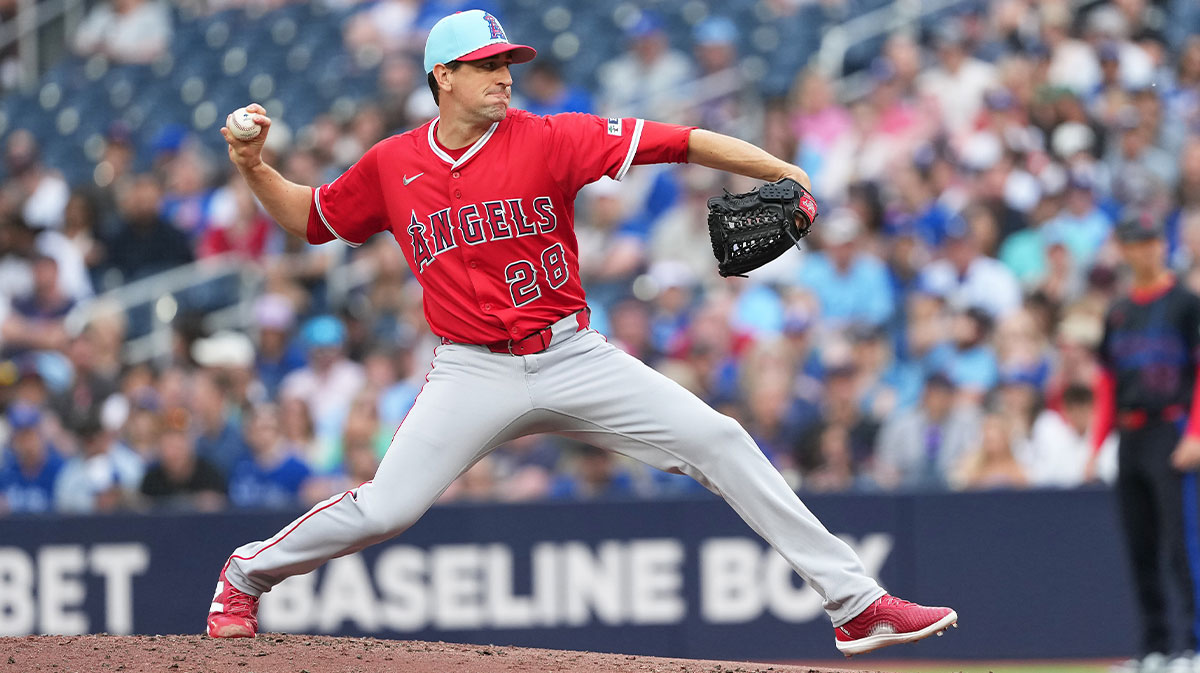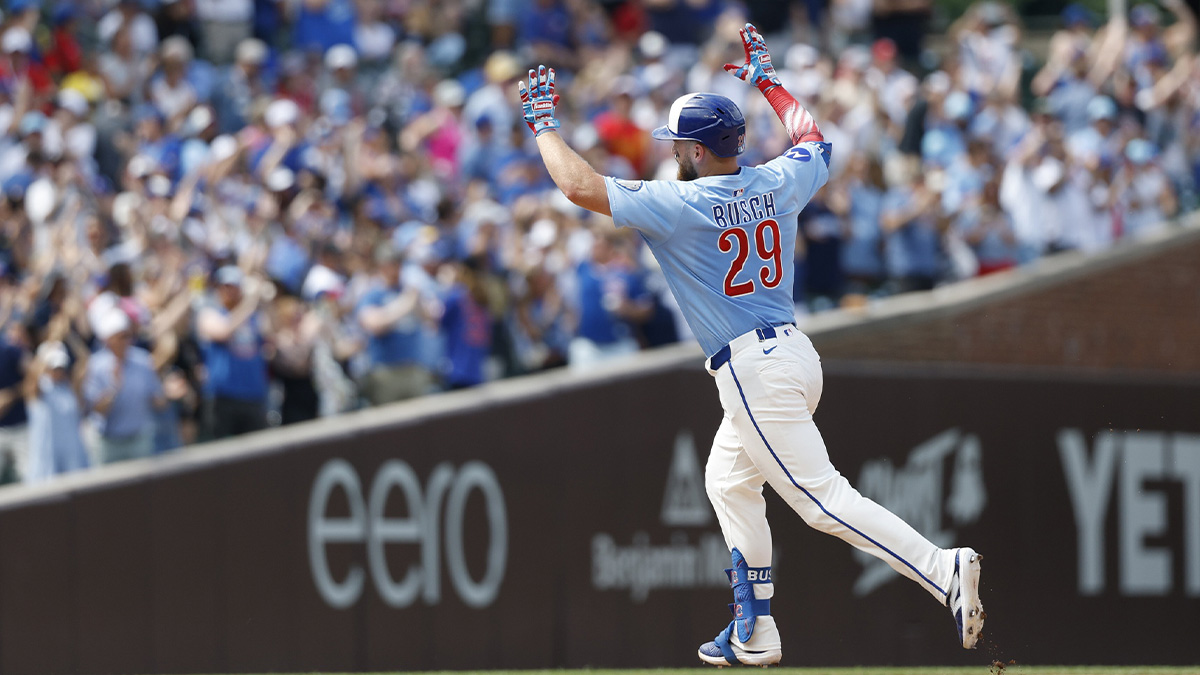When the Chicago Cubs faced the Los Angeles Dodgers in the 2017 NLCS, they got a healthy dosage of Yu Darvish. After the Dodgers took the first two games in Los Angeles, Darvish came to Wrigley Field and dominated the Cubs, striking out seven and giving up just one run in 6 2/3 innings of work.
Darvish was one of the prized free agents that winter, and the Cubs pounced at signing him to a multi-year deal. With a three-headed monster of Darvish, Jon Lester and Kyle Hendricks leading the rotation in 2018, the Cubs looked like one of the most dangerous teams in the National League.
When the season began, however, it was very clear that Darvish was not the same pitcher that had dominated the Cubs just six months prior. He would make just eight starts before undergoing arthroscopic surgery on his throwing elbow in September, the third elbow procedure of his career.
Of course, this was hardly an encouraging development for a Cubs team that had committed $126 million to Darvish. Still, he looked very good in Spring Training, throwing with velocity and showing no signs of any potential setbacks. Darvish would get back to form again in 2019.
A rude awakening
The Cubs were hoping that 2019 was going to be a year in which Darvish–now fully healthy–reasserted himself as a dominant force on the mound. Early on, that could not have been further from the truth.
Darvish lasted just 2 2/3 innings in his first start of the season, walking seven and throwing 75 pitches. In the first month, Darvish posted a 5.02 ERA and a massive 7.0 BB/9 in six starts while also giving up seven homers.
On May 9, Darvish struck out seven in four innings of work against the Miami Marlins. He walked six batters, but it looked like his stuff was returning. In his next start against the Cincinnati Reds, Darvish struck out 11 in just 5 1/3 innings.
Then he struck out seven and gave up just four hits in six innings against the Philadelphia Phillies. After three solid starts in a row, hope sprang eternal. But Darvish would prove to be a model of inconsistency.
He would dazzle in starts such as the one against the Los Angeles Dodgers on June 15, where he struck out 10 and conceded just two hits and one run in seven innings of work. Then he would give up nine runs over the course of his next two starts against the New York Mets and Atlanta Braves.
One of the issues seemed to be a lack of effectiveness at Wrigley Field. Darvish actually had decent numbers on the road, posting a 3.83 ERA in nine starts and was holding opponents to a .201 average and .676 OPS. In nine starts at Wrigley, however, Darvish had a 6.29 ERA while opposing hitters scorched him for an OPS over .800 and 12 homers.
Which is why his last two starts could mark a turning point for Darvish.
The X-factor
Darvish has made two consecutive starts at home since the All-Star break. He blanked the Pirates on July 12, striking out eight and giving up two hits and one walk in six innings of work.
As good as he was against the Bucs, his start against the Reds on Wednesday may have been his finest performance in a Cubs uniform. Darvish struck out seven in six more scoreless innings against Cincinnati, but he also did not walk a single batter while inducing weak contact all game.
In the top of the sixth, he struck out Yasiel Puig–his last batter of the game–with a big fastball, and showed about as much emotion as he has ever displayed on the field:
Love the passion from Darvish. Strikes out Puig for the third time today and he's through six innings scoreless. #Cubs pic.twitter.com/NacfRRjO56
— Josh Frydman (@Josh_Frydman) July 17, 2019
Darvish needed to have a pair of really good outings at home. In fact, Wednesday's win marked Darvish's first victory at Wrigley Field, something that was clearly weighing on his mind:
Yu Darvish on his first home win as a Cub: "It's amazing. First win at Wrigley. I was always looking for that first win."
— Jesse Rogers (@JesseRogersESPN) July 17, 2019
Darvish has a very high whiff percentage with the slider (41.6) and cutter (37.7), according to MLB Statcast. If he can find the right time to deploy the four-seam fastball–as he did with Puig in the at-bat shown above–Darvish is going to be that much more effective because of his combination of velocity and movement.
Of any player that can have the biggest internal effect on this Cubs team, Darvish is probably at the top of the list in terms of importance. Chicago's rotation is that much more well-rounded when he is pitching at the top of his game, especially once Cole Hamels returns from the Injured List.
Do not be surprised if consecutive quality starts at home have a drastic impact on Darvish's performance and confidence moving forward. He came into Spring Training extremely motivated, and given the chance to put the Cubs over the top in the NL Central, he is beginning to show some of that motivation and competitive fire.
This could be a critical turning point for Darvish and the Cubs as they look to create separation in the division and challenge the elite teams in the National League.

